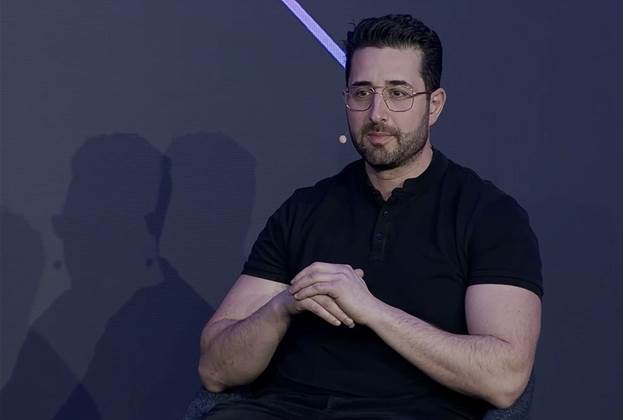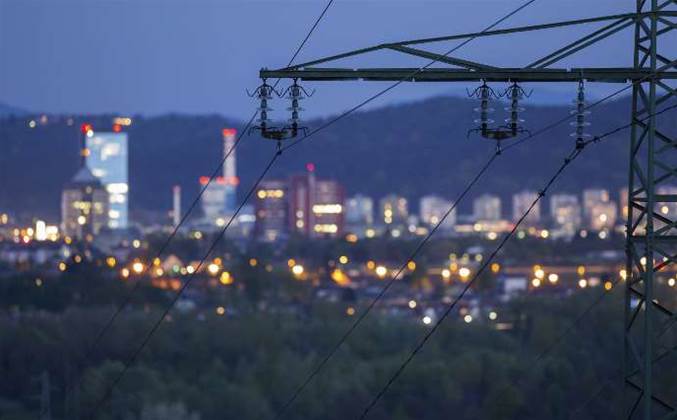Fetch TV has announced the launch of six new channels along with the integration of the Crunchyroll anime streaming service, coupled with its initial subscription price increases since 2021. The Australian pay-TV service revealed that these updates will go live from 1 September, which will affect all premium channel packages.
Fetch TV Broadens Channel Selection Amid Pricing Changes
Fetch TV, a widely-known Australian pay-TV service, has revealed an exciting enhancement to its channel offerings alongside a pricing overhaul. This marks the first increase in pricing since 2021. Beginning on 1 September, the update includes the addition of six fresh channels and the incorporation of Crunchyroll anime streaming service, although this will involve an additional subscription cost.
Quick Overview
- Fetch TV adds six new channels, featuring Moonbug and Declassified.
- Integration of Crunchyroll anime streaming service, requiring a separate subscription.
- First price increase for subscriptions by Fetch TV since 2021.
- New channel packages provide diverse content, covering music and military history.
- Pricing changes stand out compared to frequent hikes from competitors.
New Channel Offerings
Moonbug Kids Channel
The Moonbug Kids Channel delivers cherished children’s programming such as CoComelon, Blippi, and Little Angel to Australian viewers in a commercial-free setting. This represents the inaugural dedicated Moonbug channel in the nation, offering a secure and engaging environment for young audiences.
Declassified Military History
Declassified features compelling documentaries about warfare, military strategies, and intelligence activities. Exclusively available on Fetch TV, this channel appeals to history buffs with a strong interest in military stories.
Stingray Music Channels
Fetch TV’s new Stingray music channels comprise four genre-specific selections: Stingray Loud (rock), Stingray Retro (classic hits), Stingray Country, and Stingray Hits. Each channel presents 24-hour music programming to cater to varied musical preferences.
Crunchyroll Streaming Integration
The Crunchyroll app offers access to over 39,000 anime episodes from more than 1,600 titles, including fan-favorite series like One Piece, JUJUTSU KAISEN, and My Hero Academia. However, accessing this content necessitates an additional subscription fee, ranging from A$10.99 to A$13.99 monthly.
Pricing Changes
Fetch TV’s pricing restructure results in most channel packages increasing to $7.99 per month for Vibe, Knowledge, Variety, and Kids packs. The Ultimate Pack now costs $24.99 per month, while the Entertainment Pack is $17.99 per month. The Movie Box package remains competitively priced at $2.99 monthly.
Fetch TV CEO Dominic Arena stated that the investment in fresh content underscores the company’s dedication to providing excellent value and a wide entertainment range for Australian families. Nonetheless, the pricing adjustments have provoked mixed responses among subscribers, with some questioning the worth of the new music-oriented lineup.
Industry Landscape
The timing of Fetch TV’s price adjustment contrasts with several increases by major streaming rivals like Netflix, Stan, and Disney+ during the same timeframe. Industry analysts note Fetch TV’s relatively stable rates amidst rising content licensing costs and inflationary pressures experienced by competitors.
Nicolas Eglau, Managing Director at Moonbug Entertainment, expressed enthusiasm for the debut of the first Moonbug Channel in Australia, highlighting the chance to share beloved children’s content with a broader range of families.
Anime Integration for Expanding Fanbase
Given the growing anime fanbase in Australia, the Crunchyroll integration addresses this desire, providing fans with easier access to leading Japanese anime titles. Terry Li of Crunchyroll praised Australia’s enthusiastic anime community, underscoring Fetch TV’s contributions to delivering exceptional anime experiences to local viewers.
Conclusion
Fetch TV’s channel expansion and pricing modifications signify a noteworthy change in its service offerings. While it presents a variety of new content options, the changes have garnered mixed reactions from subscribers. As Fetch TV aims to solidify its position against streaming giants, it navigates the complexities of pricing strategies and content curation.
Q: What new channels has Fetch TV rolled out?
A: Fetch TV has launched six new channels, among them Moonbug for kids, Declassified for military history, and four Stingray music channels spanning various genres.
Q: How does the Crunchyroll integration function?
A: Fetch TV now incorporates the Crunchyroll anime streaming service, but accessing it requires a separate subscription fee of A$10.99 to A$13.99 monthly.
Q: What are the updated subscription costs for Fetch TV’s channel packages?
A: The Vibe, Knowledge, Variety, and Kids packs are now $7.99 per month, the Ultimate Pack is priced at $24.99, the Entertainment Pack at $17.99, while the Movie Box stays at $2.99 monthly.
Q: How have subscribers responded to the price hikes and new channels?
A: Subscriber feedback has been varied, with some expressing dissatisfaction over the price increases and questioning the value of the new music-centric channel lineup.
Q: How does Fetch TV’s pricing compare to that of its competitors?
A: Fetch TV’s pricing adjustment marks its first change in four years, contrasting with the multiple hikes experienced by competitors like Netflix, Stan, and Disney+ in the same timeframe.
Q: What is the importance of the Moonbug Channel’s launch in Australia?
A: The launch of the Moonbug Channel is significant as it introduces the first dedicated Moonbug channel on Australian television, providing popular children’s content in a commercial-free format.












